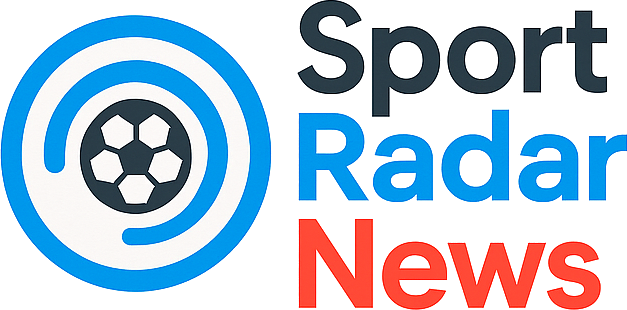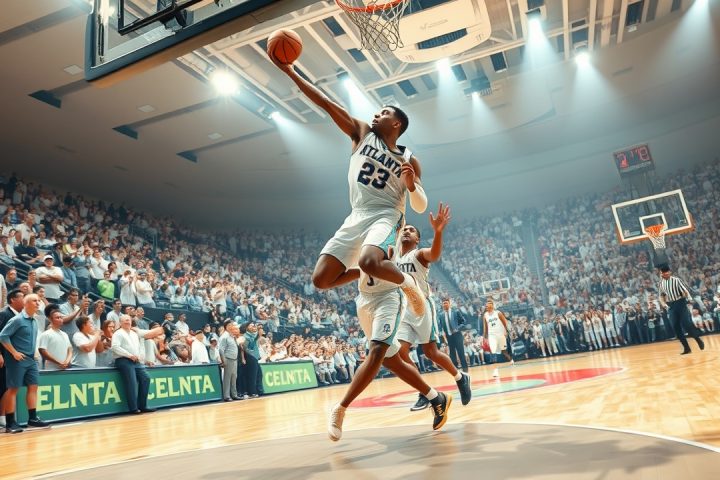Introduction to Fantasy Hockey
Embarking on the journey of fantasy hockey can be an exhilarating experience as you join a vast community of fans engaging in one of the most compelling elements of sports today. Whether you’re a fresh recruit or a seasoned veteran looking to explore new league formats, it’s crucial to understand the different types of fantasy hockey leagues offered on ESPN.com to find the perfect fit for your gaming style.
Head-to-Head (H2H) League Format
The cornerstone of ESPN’s fantasy hockey offerings is the head-to-head (H2H) league format, which has garnered immense popularity. In this competitive setup, team managers face off on a weekly basis, with the victor determined by the cumulative points across a range of statistical categories. Essentially, the manager with the most points at the end of the week is declared the winner. The standard scoring system is a customizable 12-category format that rewards various player contributions:
- Goals (G): 2 points
- Assists (A): 1 point
- Power Play Points (PPP): 0.5 points
- Short Handed Points (SHP): 0.5 points
- Shots on Goal (SOG): 0.1 points
- Hits (HIT): 0.1 points
- Blocked Shots (BLK): 0.5 points
- Goaltender Wins (W): 4 points
- Goals Against (GA): -2 points
- Saves (SV): 0.2 points
- Shutouts (SO): 3 points
- Overtime Losses (OTL): 1 point
In this format, elite players who consistently score, generate power-play points, and regularly shoot on goal are highly coveted. However, value can also be found in less recognized players, such as defenseman Jacob Trouba, who can contribute across multiple categories, thus adding hidden value to your roster. Goaltending plays a critical role as well—missteps with low-performing goalies can spell disaster for your season.
Other League Formats
Beyond the H2H points format, there’s also the option for “each category” leagues, where every category is treated equally. In these leagues, achievements in any category contribute equally to a manager’s score, creating a unique competitive environment where balanced attributes are essential. Winning a tight category like hits is just as beneficial as dominating in goals, leading to a more comprehensive strategy regarding player selection.
In a related structure, there’s the classic head-to-head categories format. This league operates on a weekly win-loss basis—allowing victories in individual categories but ultimately culminating in a single win or loss per week, regardless of accumulated points. This means focusing on securing key categories can be a viable strategy, emphasizing the significance of achieving wins in enough varied categories to outperform rivals overall.
For those who are drawn to a more traditional and methodical approach, Roto leagues present an interesting challenge. These leagues necessitate consistent performance across the entire season and reward managers who excel in multiple statistical categories. Points are distributed based on standings, resulting in sharp disparities in scoring opportunities—where sitting at the bottom of a category can severely limit total points accrued across the season. This emphasizes the need for a well-rounded and resilient fantasy team.
Finally, ESPN also accommodates more classic formats reminiscent of traditional fantasy games, where players draft their teams and compete based on cumulative season-long performance, allowing fans a nostalgic return to basics. This format is particularly appealing for newcomers who want to ease into fantasy without the intense weekly commitments of H2H leagues.
Conclusion
Whether you’re leaning toward a dynasty format where player retention is valued, or a redraft league offering fresh starts each season, the beauty of fantasy hockey lies in its adaptability. Players can engage at various intensity levels, offering choices that cater to both casual fans and dedicated competitors. In all forms, fantasy hockey provides a thrilling way to stay connected to the sport, blending strategy and fun from the beginning of the season until the champions are crowned in spring.




